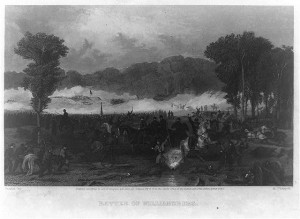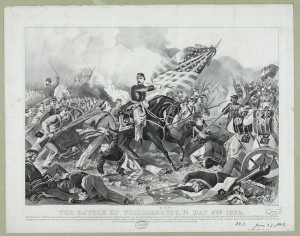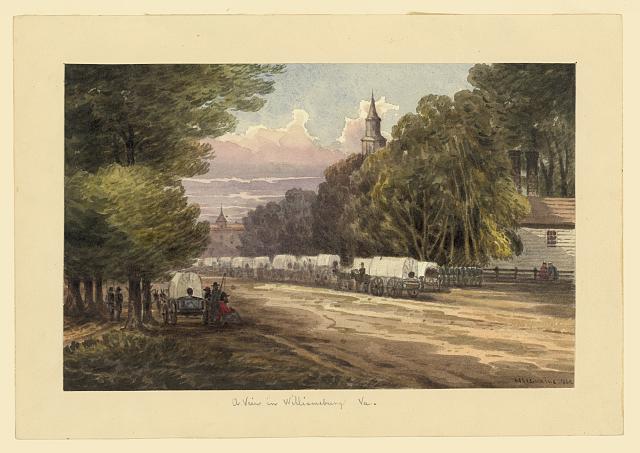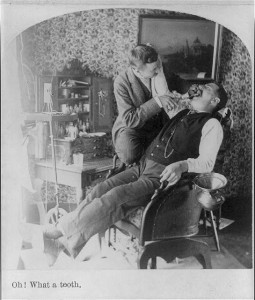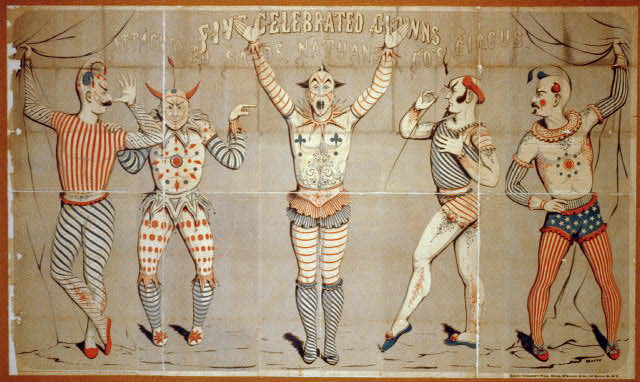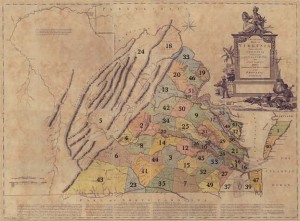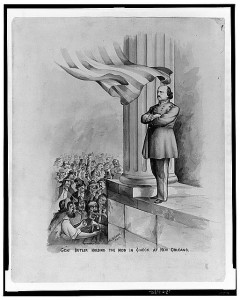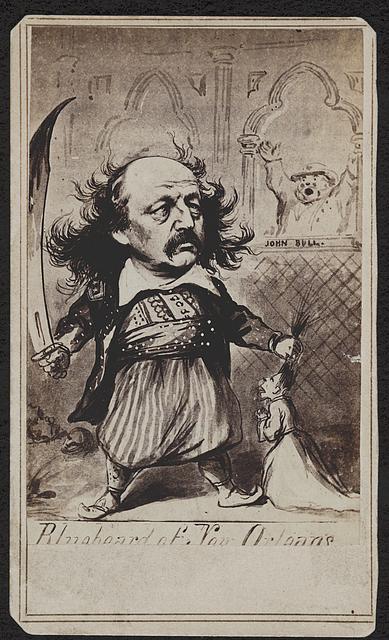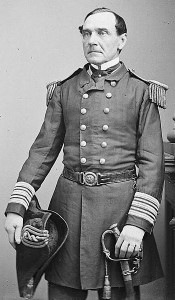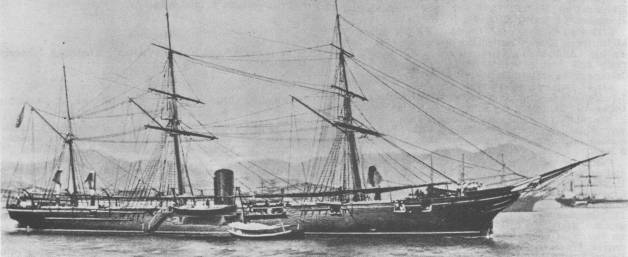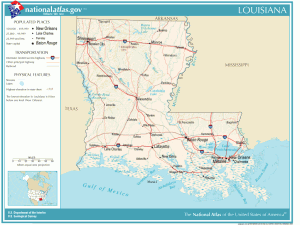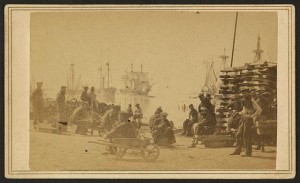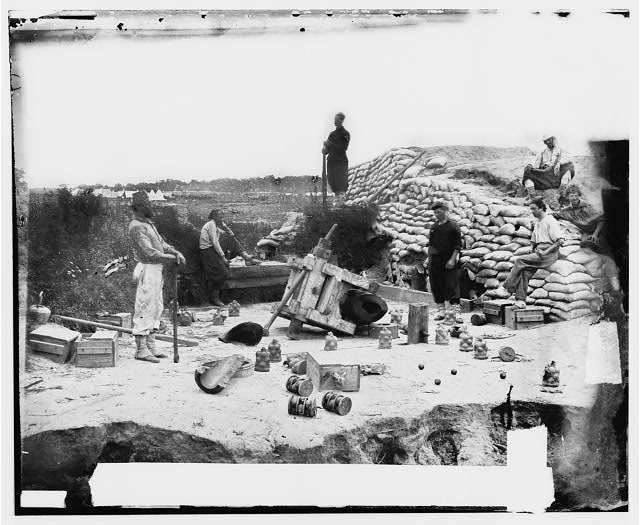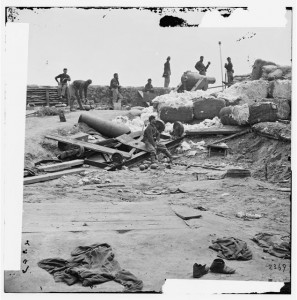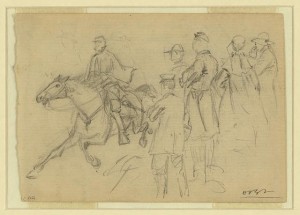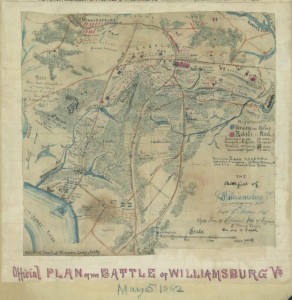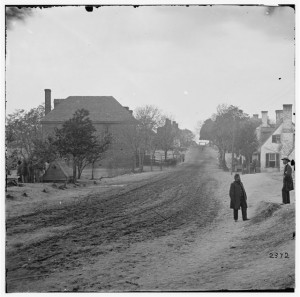From the Richmond Daily Dispatch May 16, 1862:
Virginia not to be surrendered.
Two gratifying papers were communicated to the Virginia Legislature yesterday — a Message from Governor Letcher, and a communication from the President of the Confederacy, giving the assurance that the army will not leave Virginia until every means has been exhausted in her defence.– The language of the President is clear and phatia [?].
We are proud of the spirit of our Governments, Confederate and State, relative to this question of holding and defending this State to the last. The army will not abandon the red soll [soli] of Virginia. That has been made the battle-ground, and on that must the enemy establish his superiority in fair fight before it will be abandoned to him. The evacuation of the see-coast positions and cities became a necessity. There was no avoiding it, in consequence of the immense advantage enjoyed by the enemy in his possession of the entire Navy of the United States, and the material and mechanical skill for the rapid construction of iron-clad gunboats, while we had neither a Navy, nor the material and the mechanical force, to enable us to compete with him in any sense. It is true, we had the Virginia; but, besides her, nothing. Her destruction, and the questions it involves, suggests matters of debate which afford neither satisfaction nor benefit now to discuss. Our inability to meet the enemy on the water, as a general question, was clear and indisputable, and the withdrawal from the sea unavoidable.
Second to Virginia is the defence of this city, for manifold reasons, and it is in keeping with the general purpose of both Governments that they should resolve to the uttermost to defend Richmond. All the means in the power of the State and the Confederacy are pledged to this, and we may be assured that the enemy will not be allowed to gratify the prominent desire of his heart, to hector and domineer over the inhabitants of this far-famed and beautiful town, until every means is exhausted.
The President nobly takes the stand, that though Richmond should fall, there are a plenty of battle-fields yet in Virginia to fight for the cause for twenty years! The sentiment is as truthful as patriotic. The Confederate Government assures us that the Old Dominion is not to be given up. God forbid that it should! It would be giving up much more than Virginia. The cause would be, indeed, itself well nigh surrendered in that event. The Government is not only just, but wise, in its determination to stand by Virginia to the last.
From the same issue:
[written for the Richmond Dispatch]
Sing not to me of hearts that Thrill
by George Whitte.
Sing not to me of hearts that thrill
To Love’s melodious alone,
That drown themselves in Passion’s wine,
And dream the world is all their own;
These — these are not the ones that write
Their names on History’s deathless page.
And give to far posterity
The gloried of (a crimson) age.
But sing to me of hearts, that while
They fender cling to those they love,
Can turn them from the lov’d one’s smile,
And in the eagle hide the dove;
Of hearts that in their country’s need
Will wait not for its stricken wail;
But, at its first proud, clarion call,
Gird on their trusty battle mail.
These — these are the heroic souls–
Shall cling unto this age sublime–
Whose names, a grateful, rescued land
Will grave upon the shaft of Time!
Yes! sing to me of hearts that dare
The “velleity thunder.” of the field–
That battling bravely, dare to die–
That dare to do all things but — yield!
Lynchburg, Va.,May 11, 1862.

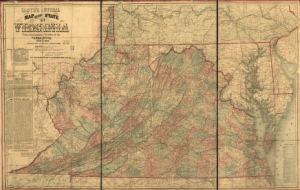
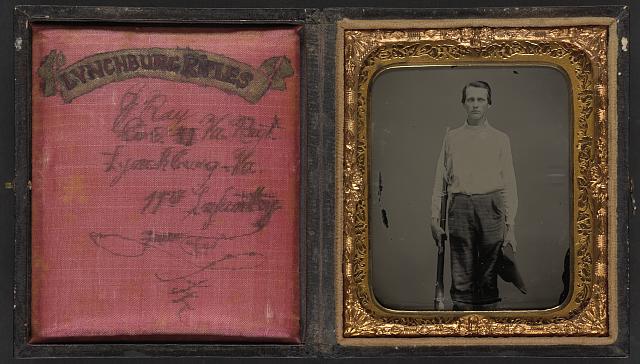

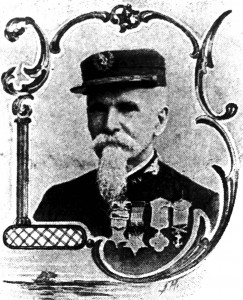
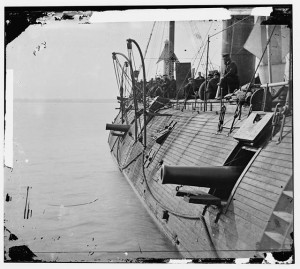

![Map of country between Yorktown and Williamsbu[rg] in Virginia by Robert Knox Sneden (LOC: gvhs01 vhs00018 http://hdl.loc.gov/loc.ndlpcoop/gvhs01.vhs00018 ) Map of country between Yorktown and Williamsbu[rg] in Virginia by Robert Knox Sneden (LOC: gvhs01 vhs00018 http://hdl.loc.gov/loc.ndlpcoop/gvhs01.vhs00018 )](https://www.bluegrayreview.com/wp-content/uploads/2012/05/YtoW-240x300.jpg)
